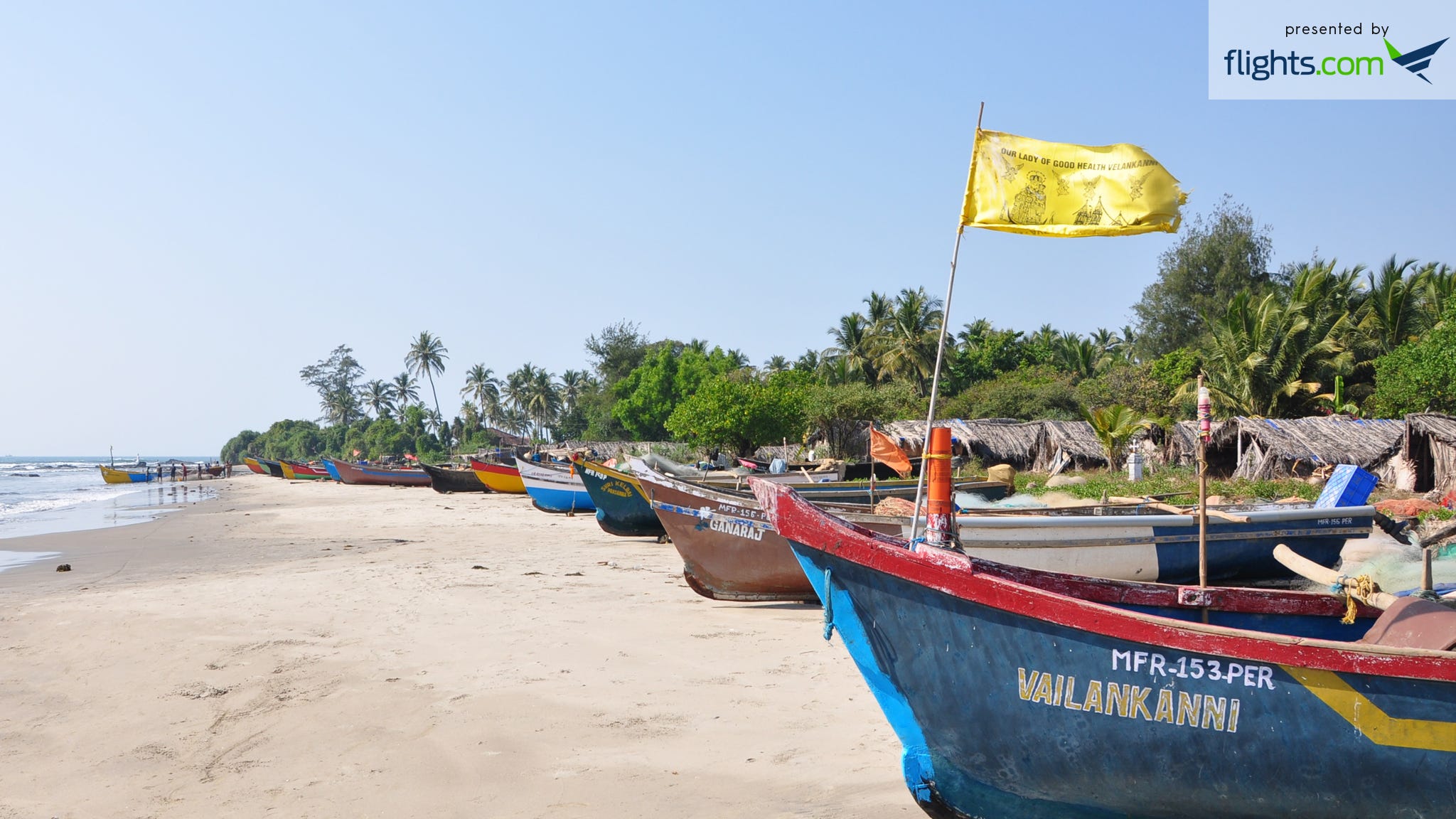I Was Heartbroken to See a Modern-Day Metropolis Instead of the Idyllic Goa I Remembered
…But then I discovered a beautiful pocket of my childhood India that had survived.
Keep reading with a 7-day free trial
Subscribe to Narratively to keep reading this post and get 7 days of free access to the full post archives.




